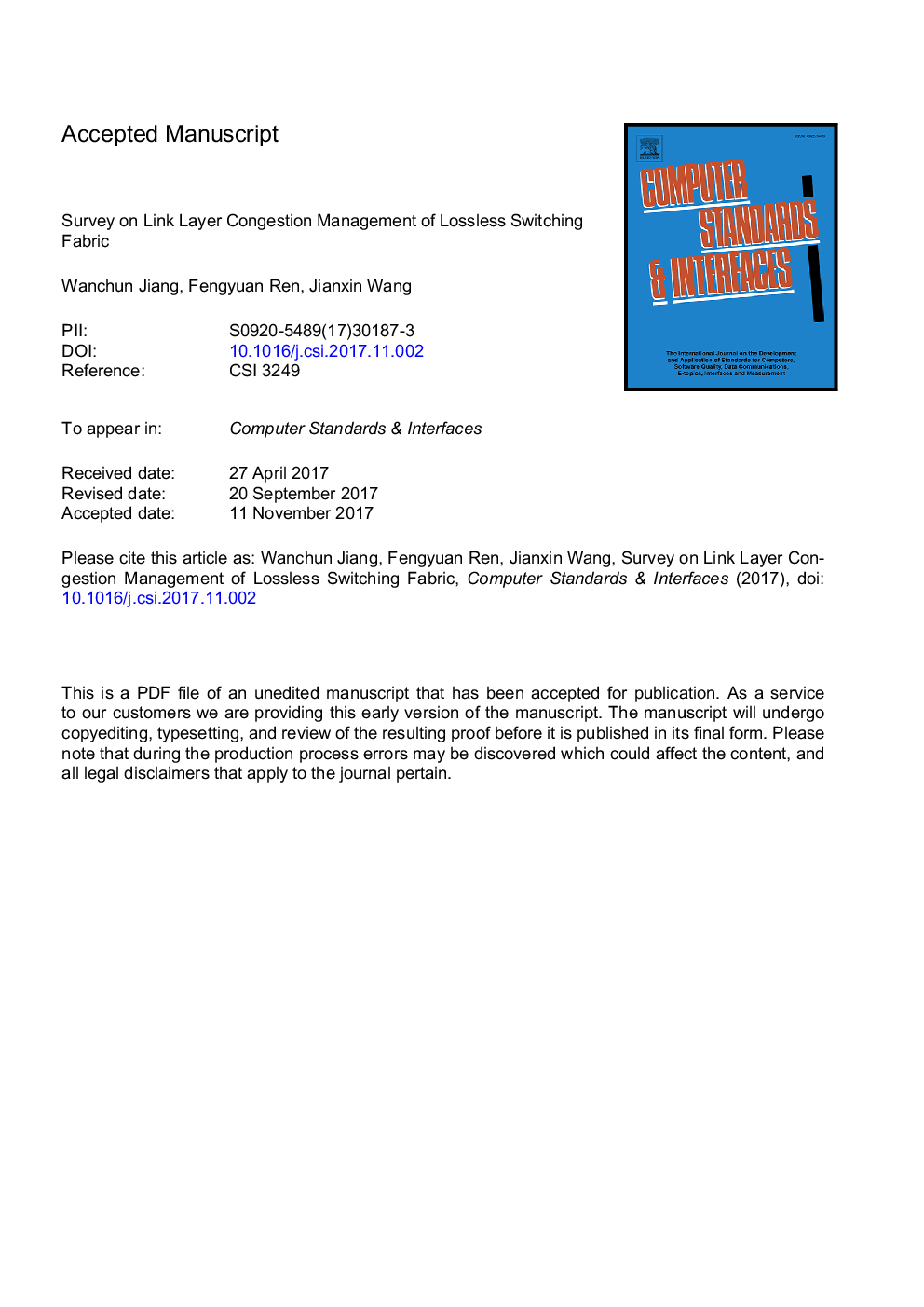| Article ID | Journal | Published Year | Pages | File Type |
|---|---|---|---|---|
| 6883145 | Computer Standards & Interfaces | 2018 | 19 Pages |
Abstract
With the I/O bottleneck being mitigated by solid-state disk and in-memory computing, and the increase of network bandwidth, the packet processing of the traditional TCP/IP stack becomes a new bottleneck due to the large processing latency and CPU consumption. To reduce the processing latency and CPU consumption, it becomes popular to access the network interface cards directly via the kernel bypass and remote direct memory access (RDMA) technique. Accordingly, the congestion management is expected to be deployed at the link layer. On the other hand, it is more simple and efficient to deploy a unified link layer congestion management scheme to ensure low latency and zero packet loss for all of the block-based storage traffic, the InterProcess Communication traffic and the applications such as e-commerce platforms, in-memory key-value store, web object caching in datacenters and clusters. In this paper, we review the existing standard link layer congestion management mechanisms of lossless switching fabrics, including the enhanced Ethernet, InfiniBand and Fibre Channel. We focus on their history of evolution and enabling technologies, and discuss the current challenges and opportunities. The summary and comparison of these standard link layer congestion management mechanisms may serve as a foundation for future research in this area.
Keywords
Related Topics
Physical Sciences and Engineering
Computer Science
Computer Networks and Communications
Authors
Wanchun Jiang, Fengyuan Ren, Jianxin Wang,
